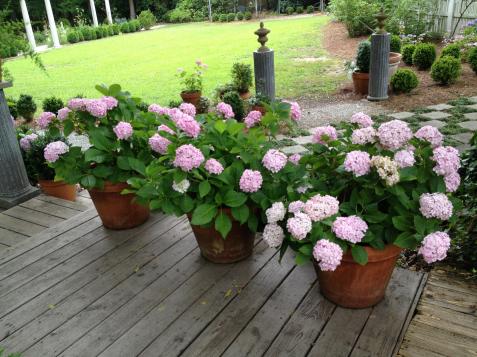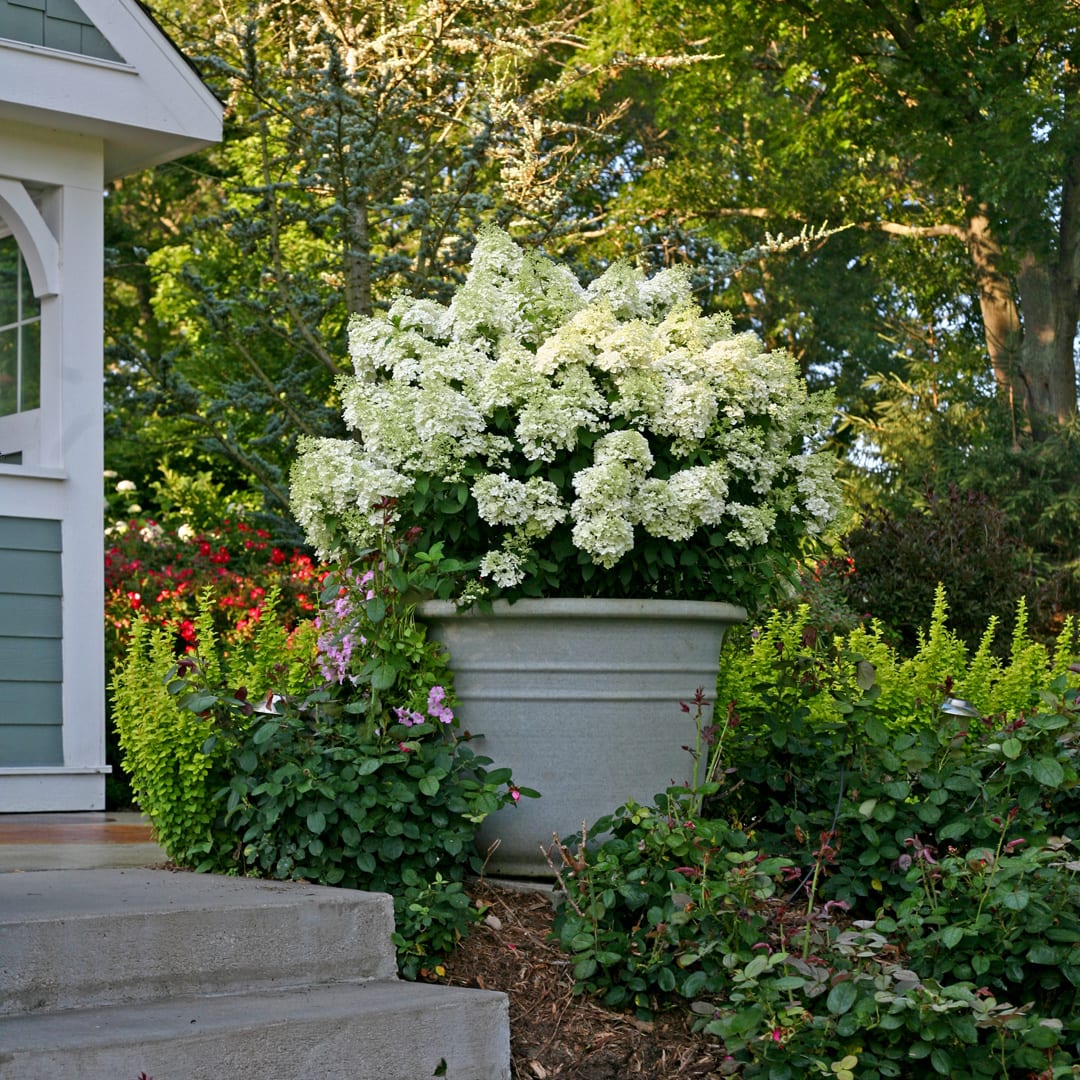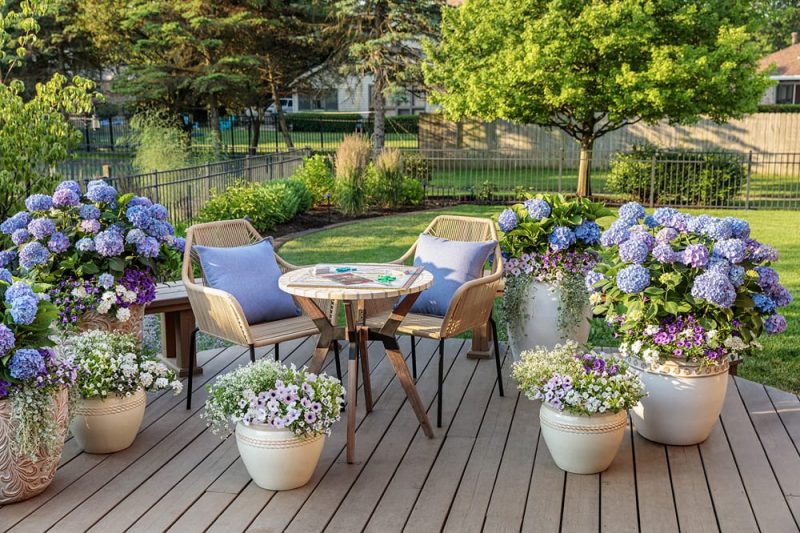How To Grow Hydrangeas On Your Patio
Introduction
Hydrangeas are beautiful flowering shrubs that can add a touch of elegance to any patio. They come in a variety of colors, including blue, pink, purple, and white. Hydrangeas are also relatively easy to care for, making them a great choice for beginner gardeners.
In this blog post, I will discuss the basics of growing hydrangeas on your patio. I will cover topics such as choosing the right hydrangea, selecting a location, planting, watering, fertilizing, and pruning. I will also provide some tips for troubleshooting common problems.
Main Content
Choosing the Right Hydrangea
There are many different types of hydrangeas available, so it is important to choose one that is right for your patio. Consider the following factors when making your selection:
- Size: Hydrangeas can grow to be quite large, so it is important to choose a variety that will not outgrow your patio.
- Sunlight: Hydrangeas need some sunlight, but they do not do well in full sun. Choose a variety that is suited for partial shade.
- Color: Hydrangeas come in a variety of colors, so you can choose one that will complement the other plants on your patio.
- Hardiness: Consider the hardiness zone of your area when choosing a hydrangea. Some varieties are more cold-hardy than others.
Selecting a Location
Once you have chosen the right hydrangea, you need to select a location for it on your patio. The ideal location will have partial shade and well-drained soil. The soil should also be slightly acidic.
If you are planting your hydrangea in a pot, choose a pot that is at least 18 inches in diameter and has drainage holes. Fill the pot with a potting mix that is specifically designed for hydrangeas.
Planting
To plant your hydrangea, dig a hole that is slightly larger than the root ball of the plant. Backfill the hole with potting mix, being careful not to bury the crown of the plant. Water the plant thoroughly after planting.
Watering
Hydrangeas need regular watering, especially during the first year after planting. Water your hydrangea deeply once a week, or more often if the weather is hot or dry.
Fertilizing
Hydrangeas do not need a lot of fertilizer, but they can benefit from a light application of fertilizer once a month during the growing season. Use a balanced fertilizer that is specifically designed for hydrangeas.
Pruning
Hydrangeas can be pruned in the spring or fall. The best time to prune depends on the type of hydrangea you have. Some hydrangeas bloom on old wood, while others bloom on new wood.
If you are pruning a hydrangea that blooms on old wood, prune it in the spring, just after it blooms. If you are pruning a hydrangea that blooms on new wood, prune it in the fall.
Troubleshooting
If your hydrangea is not thriving, there are a few things you can check. Make sure it is getting enough sunlight, water, and fertilizer. You may also need to amend the soil if it is not acidic enough.
If you are still having problems, you can consult with a gardening expert.
Conclusion
Growing hydrangeas on your patio is a great way to add beauty and color to your outdoor space. With a little care and attention, you can enjoy these beautiful flowers for many years to come.
Are you looking for a beautiful and easy-to-care-for plant for your patio? If so, then you should consider a patio hydrangea! These stunning shrubs come in a variety of colors, including blue, pink, and white, and they can add a touch of elegance to any outdoor space.
Patio hydrangeas are relatively low-maintenance plants, and they can thrive in a variety of conditions. They prefer full sun to partial shade, and they need moist, well-drained soil. However, they are also drought-tolerant, so you don't have to worry about them too much if you forget to water them occasionally.
If you're interested in learning more about patio hydrangeas, I recommend visiting . This website has a wealth of information on the different types of patio hydrangeas, how to care for them, and where to buy them.
FAQ of patio hydrangea
Q: What is a patio hydrangea?
A patio hydrangea is a type of hydrangea that is bred specifically for container growing. They are typically smaller than other types of hydrangeas, making them ideal for patios, decks, and other small spaces. Patio hydrangeas come in a variety of colors, including blue, pink, white, and purple.
Q: How do I care for a patio hydrangea?
Patio hydrangeas are relatively easy to care for. They need full sun to partial shade and well-drained soil. Water them regularly, especially during hot, dry weather. Fertilize them once a month during the growing season.
Q: How do I get my patio hydrangea to bloom?
Patio hydrangeas need a period of cold weather in order to bloom. If you live in a warm climate, you may need to bring your plant indoors during the winter. Once the weather warms up in spring, your plant will start to bloom.
Q: What are some common problems with patio hydrangeas?
Patio hydrangeas are susceptible to a few common problems, including:
- Leaf spot: This is a fungal disease that causes brown spots on the leaves.
- Pests: Patio hydrangeas can be affected by a variety of pests, including aphids, spider mites, and scale insects.
- Drought stress: Patio hydrangeas need regular watering, especially during hot, dry weather. If they don't get enough water, they will start to wilt and the leaves will turn brown.
Q: How do I troubleshoot problems with my patio hydrangea?
If you are having problems with your patio hydrangea, the first step is to identify the problem. Once you know what the problem is, you can take steps to correct it. For example, if your plant has leaf spot, you can treat it with a fungicide. If your plant is infested with pests, you can treat it with an insecticide.





Post a Comment for "How To Grow Hydrangeas On Your Patio"